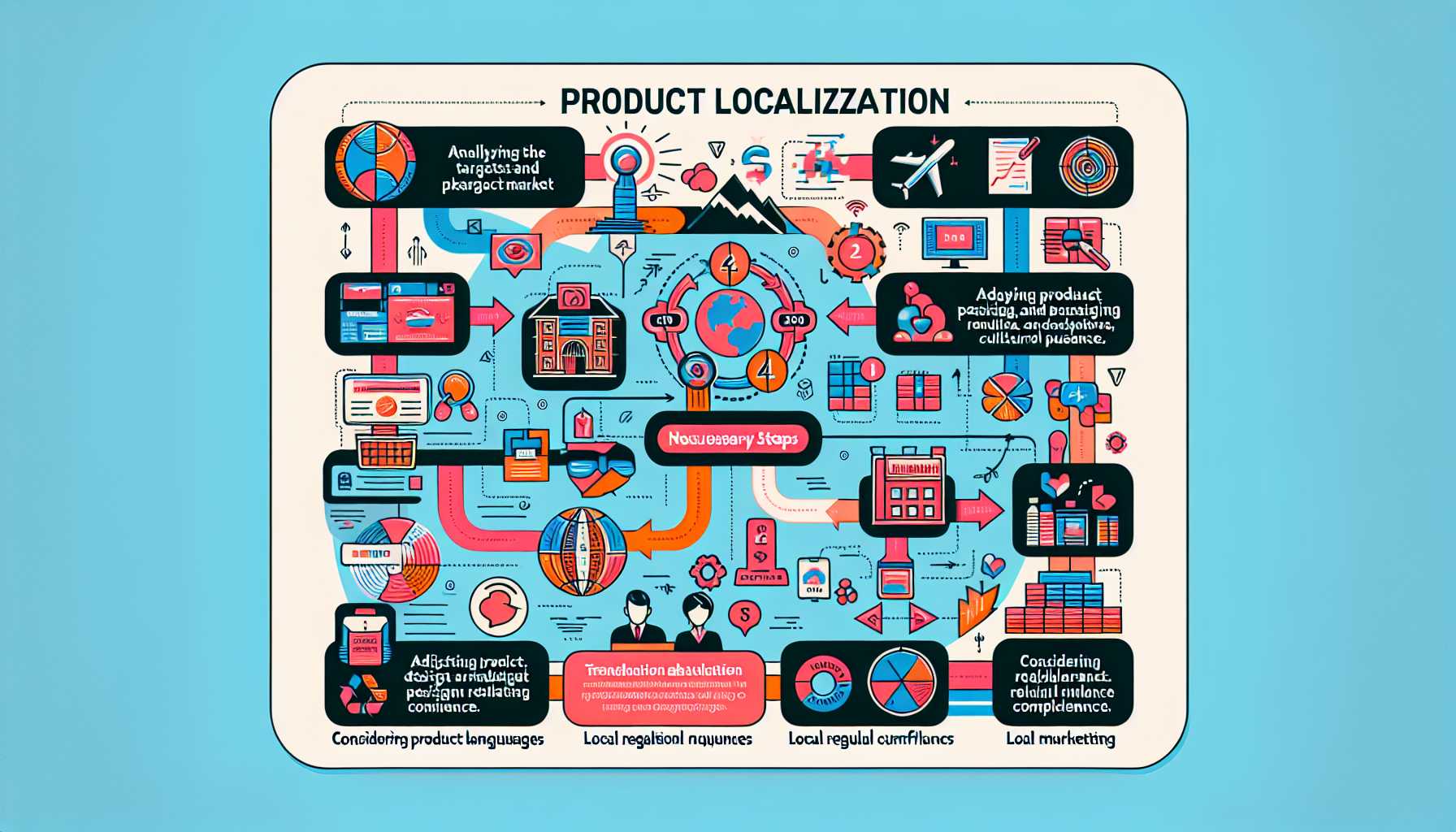Product Localization: A Comprehensive Guide for Experienced Product Managers
In our globalized economy, the growth trajectory of a product often leads into international waters where localization becomes pivotal for success. As a veteran in the product management arena, I’ve overseen several product localizations across different markets. I have confronted the chasm that separates a universal product from one that feels personal to each and every user, no matter their location. In this expansive guide, I’ll share my firsthand knowledge of the key considerations in the product localization process for the experienced product manager.
Localization Versus Translation: Understanding the Dichotomy
First and foremost, it’s important to distinguish between translation and localization. Translation involves changing the language of the product content, while localization is far more comprehensive, encompassing cultural, legal, and functional adaptations that resonate with the local audience.
Once, when launching a financial app in Europe, my team learned that beyond translating to the native languages, we had to comply with varied financial regulations and user expectations around privacy and security. This experiential learning reinforced that localization starts, but does not end, with translation.
Cultural Sensitivity: More Than Meets the Eye
Cultural nuances impact user experience in profound ways. When localizing an e-commerce platform in Asia, I faced the challenge of integrating local payment methods and accommodating local shopping behaviors, like the preference for in-store pickups and payment upon delivery – concepts that were foreign to our original market.
Localization also means adapting imagery, icons, color schemes, and user interface designs that are sensitive to cultural perceptions and tastes. It’s this eye for design localization that determines if a user feels truly “at home” with your product.
Legal and Regulatory Compliance: Navigating the Red Tape
One of the most complex aspects of product localization is ensuring compliance with local legal requirements and regulations. Each market has its own rules, and ignorance is not bliss. When we expanded a data-driven service to new regions, our commitment to thorough legal vetting saved us from potential compliance breaches related to data storage and privacy.
Failure to comply can result in fines, sanctions, or worse, a complete market exit. Legal diligence is not an option, it’s a requirement.
The Technical Rigors of Localization
Technically, localization involves enabling your product’s architecture to support different languages, formats, and data inputs. This can require significant engineering work.
In internationalizing a mobile app, I discovered the importance of planning for right-to-left script support early in the development process, lest you face a costly and time-intensive reengineering effort down the line. This also extends to date formats, currency conversions, and adapting algorithms that may have cultural biases.
The Importance of Local Partnerships and Teams
Having local experts who understand the market can dramatically streamline the localization process. These partnerships and teams can provide market insights that are invaluable for informed decision-making.
For example, through partnership with a local content creation agency, we were able to adapt our marketing strategies effectively. These local insights led to the development of region-specific features which significantly contributed to the product’s success.
Iterative Localization: Continuous Improvement
Localization is never a set-it-and-forget-it process. It demands ongoing attention and updates. From experience, I know the value of feedback loops with local users and the necessity of iterating based on this input.
Managing feature rollouts in a way that is considerate of local feedback and usage patterns is essential. Adjustments must be made quickly to resolve any friction points to avoid damaging user trust and loyalty.
Product Performance: Tailoring for Local Tech Ecosystems
A significant, often overlooked aspect of localization is the adjustment of product performance for local technology landscapes. When we launched a content streaming service in a region with lower internet bandwidth, it became pivotal to optimize streaming algorithms for those constraints, ensuring a smooth user experience despite technological limitations.
Moreover, catering to local device preferences, such as optimizing for Android given its higher market share in certain regions, enabled us to tap into a broader user base more effectively.
Conclusion: The Delicate Balance of Global Appeal and Local Charm
Product localization is a balancing act that requires keen attention to both global consistency and local charm. By employing thorough cultural, legal, and technical due diligence, building local partnerships, and maintaining an iterative approach to feedback and performance, a product can transcend borders with grace and impact.
To the seasoned product manager embarking on the localization journey, my parting wisdom is this: embrace localization as a strategic advantage. Done well, it places your product in the hands of the global user as a familiar, indispensable part of their digital livelihood.

